 So what’s the best lens for shooting portraits?
So what’s the best lens for shooting portraits?
That’s like asking what’s the best day of the week for eating dessert. Sure, there are hard and fast rules about this kind of thing, but if you’re like me, you scoff at rules and throw them out the window, because you believe that they don’t apply to you.
The short answer is, of course, all of them.
As with any photographic technique, which lens you should use to photograph people largely depends on a few important factors: Your own creativity, how you want to show your subject in relationship to the environment, what lens you happen to have with you at the time.
Wide Angle Lenses
I’m a huge fan of shooting portraits with wide angle lenses, as are many pros. They allow you to get in close to your subject, and still include a large amount of the environment and setting around your person. Wide angle portraits are about telling the story, not just showing a person. They’re also great for shooting portraits inside, or in confined spaces.
In fact, if you were ever to take a course called “How to shoot environmental portraits,” the first thing they’d tell you would be to break out your wide glass. While I’ve used my Nikon 14mm f/2.8 quite a bit for portrait work, my 24mm f/2.8D probably sees the most use for wide angle people shots. It’s small, compact, light and is pretty light on distortion at the edges. Canon also has a 24mm f/2.8 lens.
Normal Lenses
Normal lenses rock for portraits, because they’re light, fast and have a very shallow depth of field. (Also great for shooting inside.) They make your subject pop against a slightly sharp background. Notice the difference in focus between the aviation portrait above and below. The 50mm lens gives the background just a little bit of softness to help isolate the subject.
Even the kit lenses that come with many cameras fall into this category. They might not be as fast as something like a 50mm f/1.8D, or the new Nikon AF-S 50mm f/1.8G lens, but with the same range of focal length, they can certainly give you good results. Canon also has an affordable 50mm f/1.8 lens.
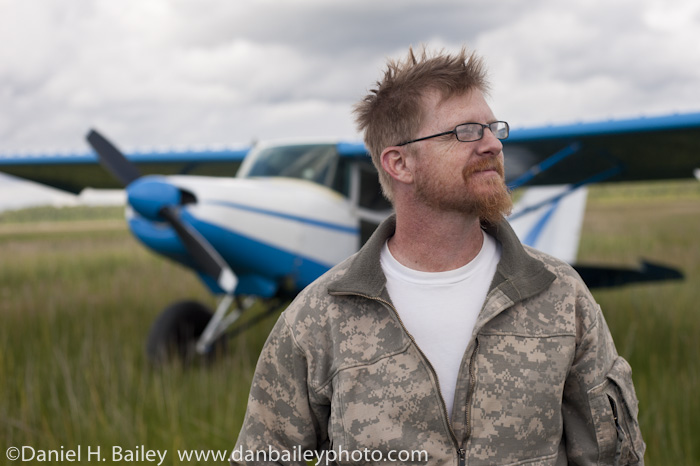
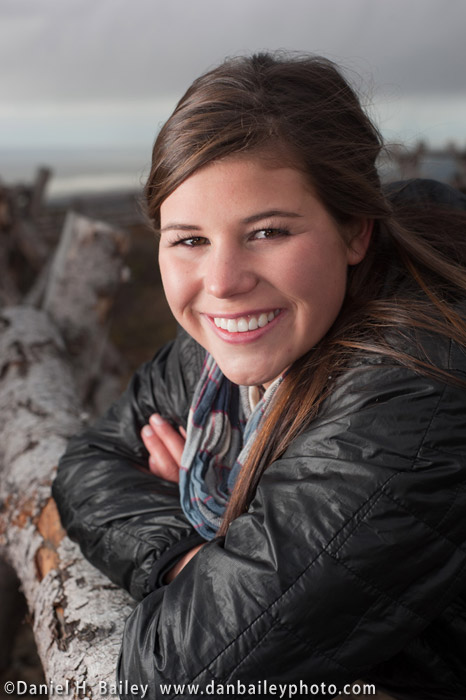
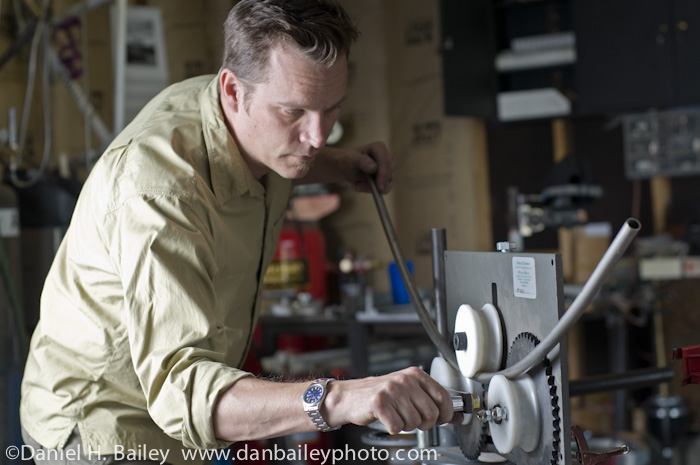 Short Telephoto Lenses
Short Telephoto Lenses
Traditionally, the short telephoto lens, (around 85-105mm in range), has always been considered the ideal lens for photographing people, because it does two things:
With an inherently shallow depth of field, it gives you an even softer background which helps to isolate your subject in sharp focus from the rest of the subject matter in the frame.
Also, the telephoto lens slightly compresses perspective, which renders the human face in a very appealing way. As it was explained to me years ago in a workshop, our ears are too far back on our head, and a short tele flattens our features just enough to make us look good. My short telephoto of choice these days is the Nikon 85mm f/1.8, because for a lens of that range and speed, it’s exceptionally lightweight and compact. Nikon also has their new AF-S NIKKOR 85mm f/1.8G Lens, which gets very high marks from users who love its faster, silent wave motor autofocus capabilities. Canon also has an 85mm f/1.8 lens.
Long Telephoto Lenses
As much as a short telephoto isolates your subject from the a soft focus background, a longer telephoto does it with even more drama and effect.
I actually use my 80-200mm f/2.8 lens a great deal for portrait work, because it lets me fill the frame with the subject from a longer vantage point, and because, frankly, that’s what I often have on the camera at the time when I’m shooting action and sports. Nikon also has the 70-200mm f/2.8G ED VRII lens, which offers image stabilization- great for shooting portraits in lower light. Canon’s equivalent lens is the EF 70-200mm f/2.8 L IS II USM.
So, go ahead. Break the rules. Exercise your creativity and try shooting portraits with all of your lenses.


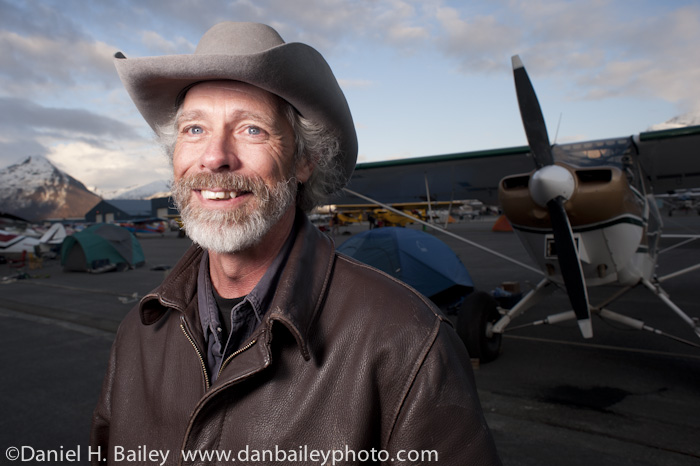
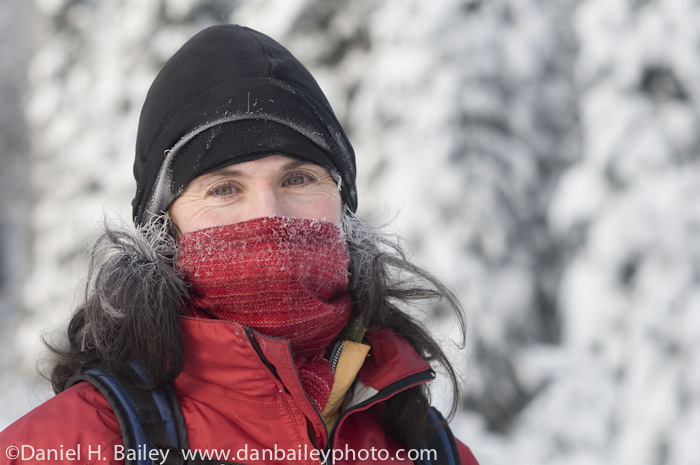
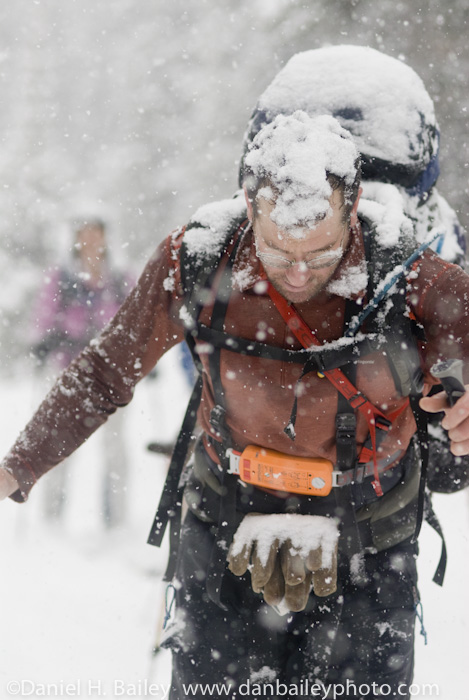
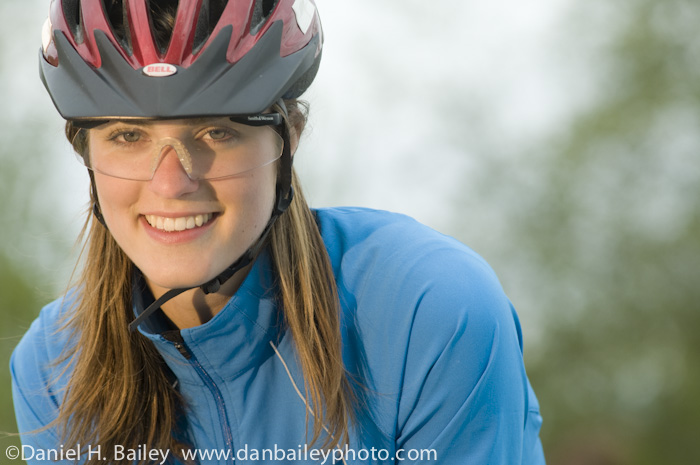

Great tips Dan. Frankly get so sick of hearing any technique characterized as a rule. Your examples make your points effortlessly!